The most charming kids at the Children's holiday in Japan
Categories: Children | Holidays and Festivals
By Pictolic https://pictolic.com/article/the-most-charming-kids-at-the-childrens-holiday-in-japan.htmlOn November 15, or during the week including November 15, everywhere in Japan you can see incredibly charming kids dressed in bright kimonos hurrying with moms, dads, grandparents to the nearest temple. Because these days, the ancient holiday of Siti-Go-San, or the children's holiday, is celebrated by all Japanese.
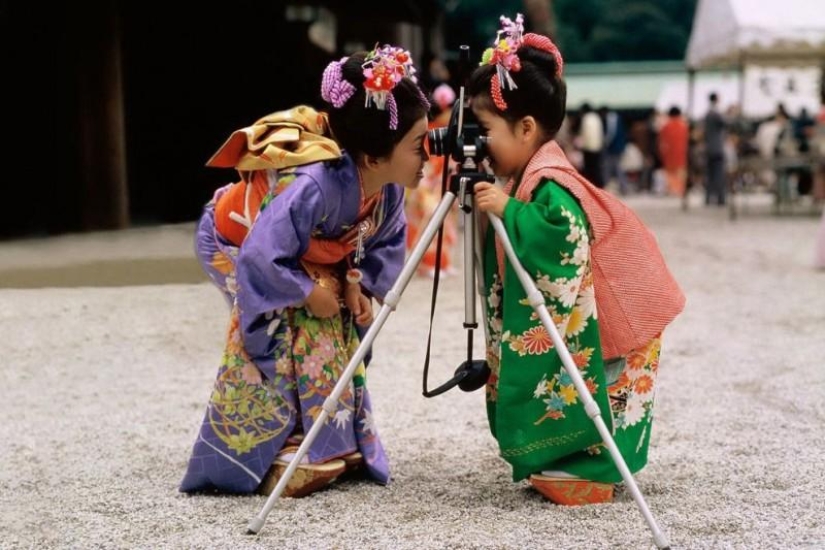
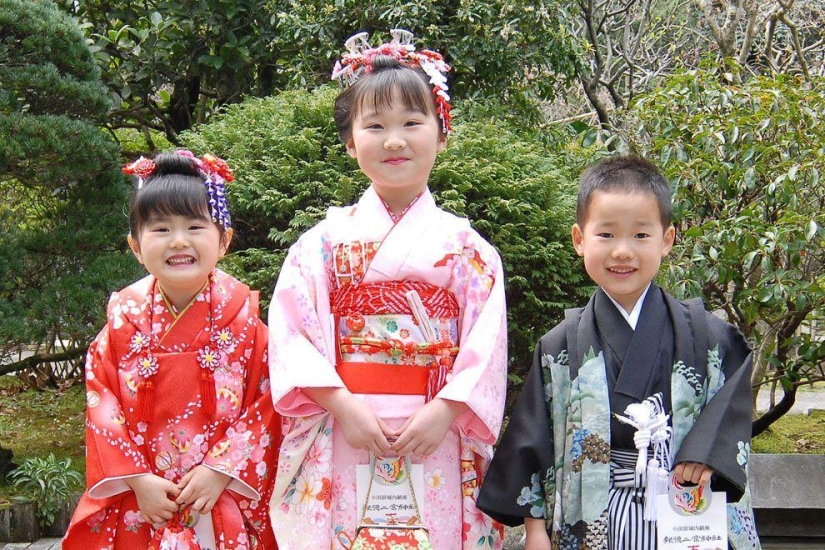
1. The translation of the name of the holiday is incredibly simple: City is seven, Go is five, San is three. This children's holiday, which has a history of more than 300 years, can be called a common birthday of all children who turned 3, 5 or 7 years old this year.
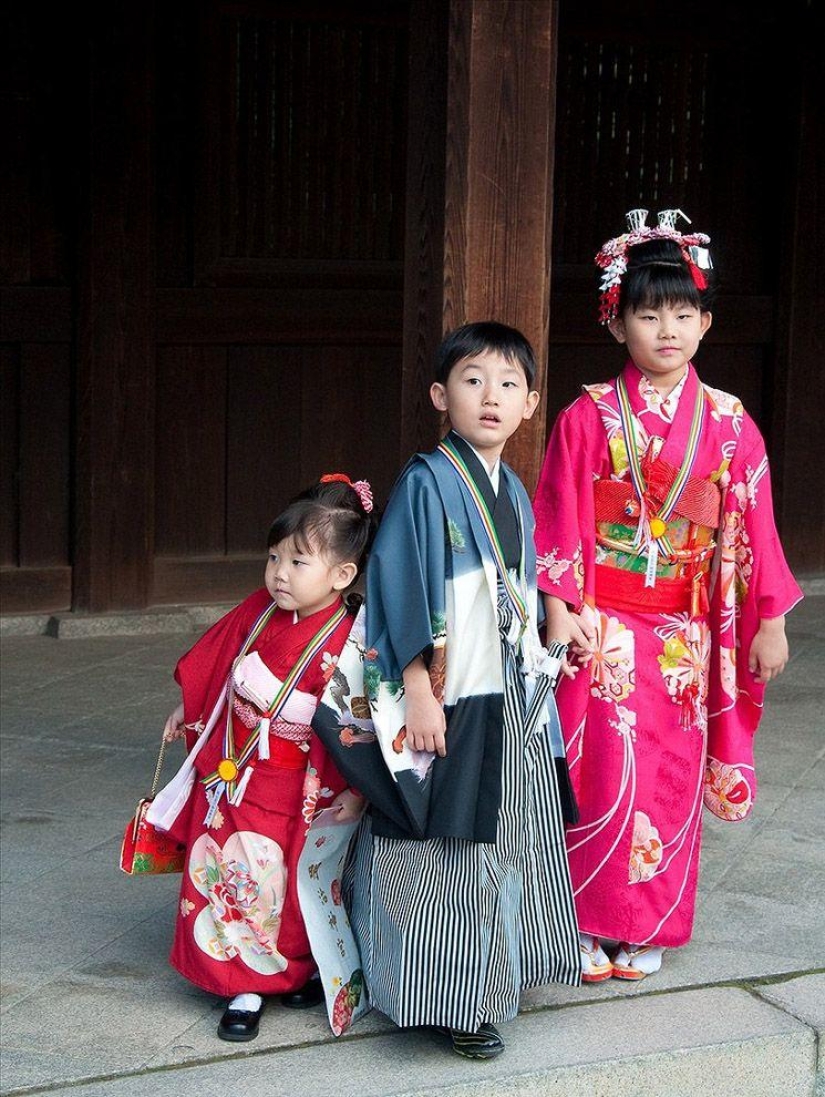
2. These odd numbers have been considered magical in Japan since ancient times, and the ages corresponding to them reflected important, crucial stages of growing up of children.
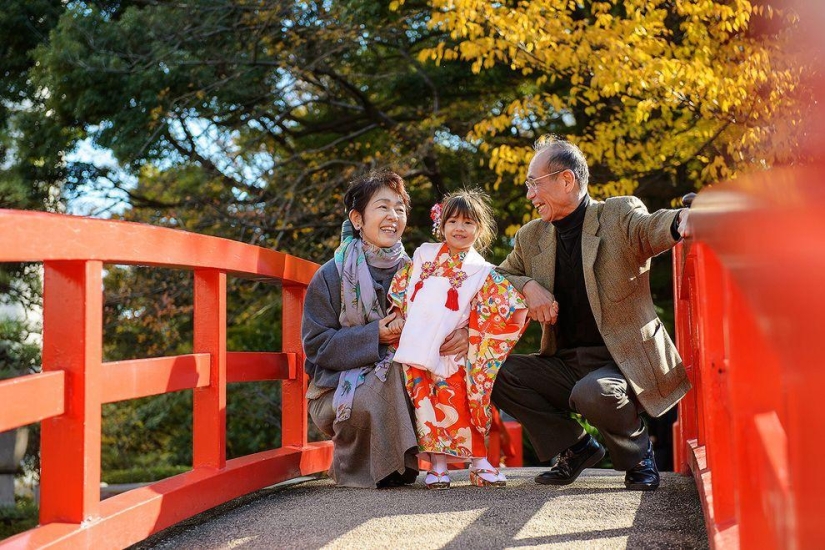
3. The City-Go-San holiday is accompanied by many traditional rituals and traditions.
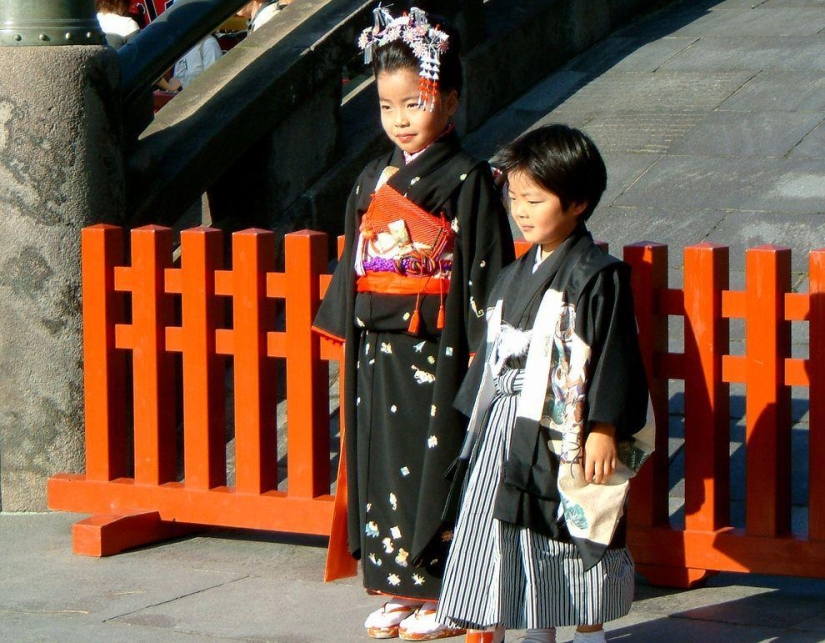
4. One of the oldest and most important rituals for boys and girls who have reached the age of three was the kamioka rite — "saving hair".
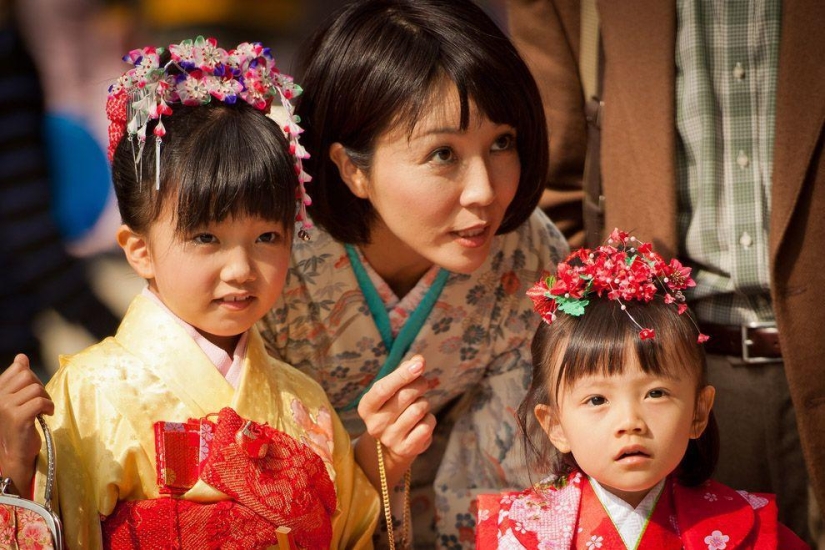
5. In ancient Japan, in early childhood, children were shaved bald, so that later they would grow long beautiful hair, which was always rightly considered the pride of the Japanese. By the day of kamioka, the boys' hair was grown so that they could be tied at the back of the head, and the girls were tied with bunches of hair.
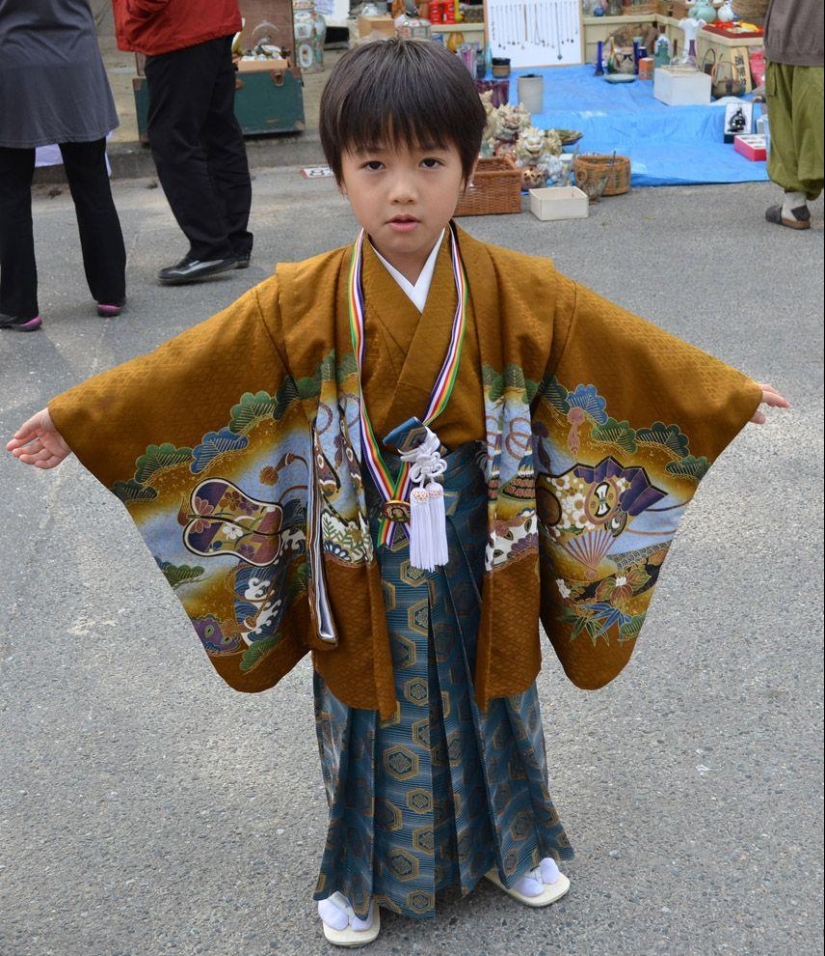
6. Also in the Middle Ages, in aristocratic families, boys at the age of three were first dressed in hakama — traditional men's clothing in the form of wide trousers with pleats.
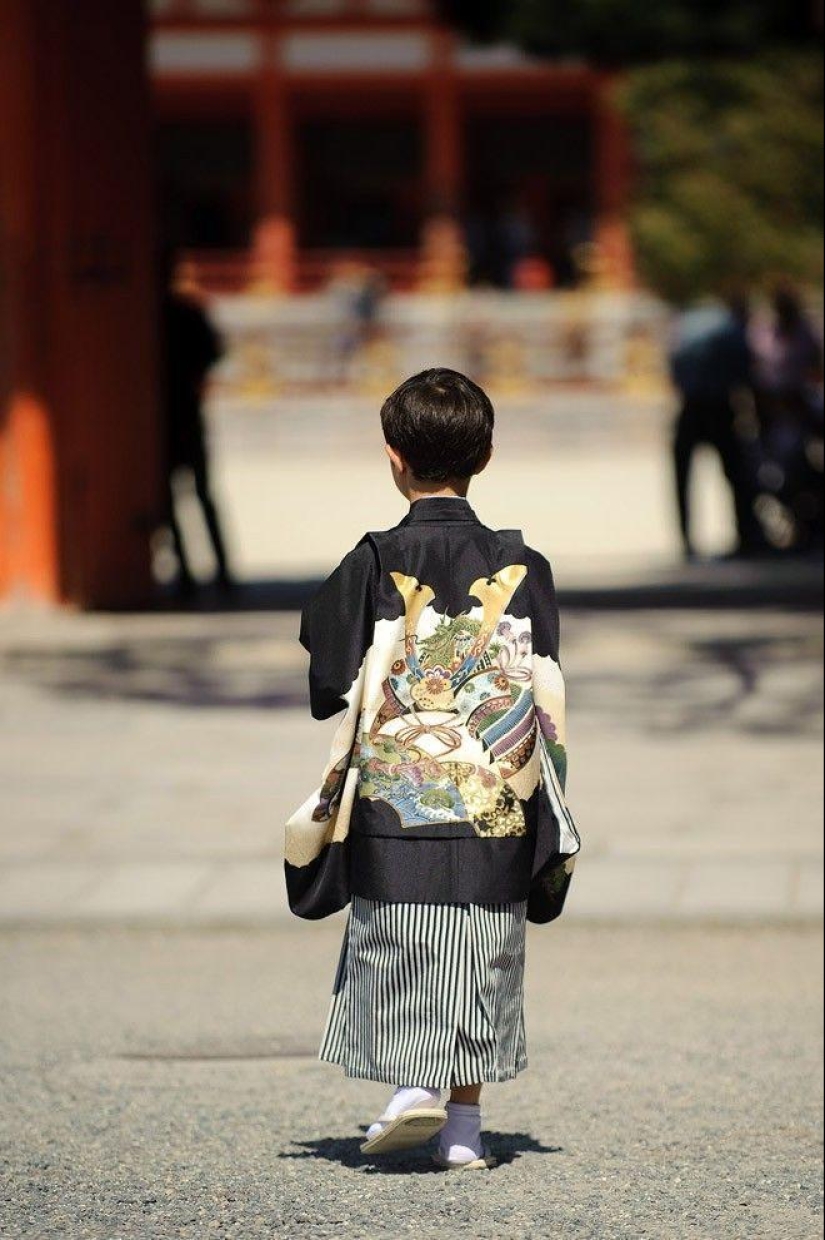
7.
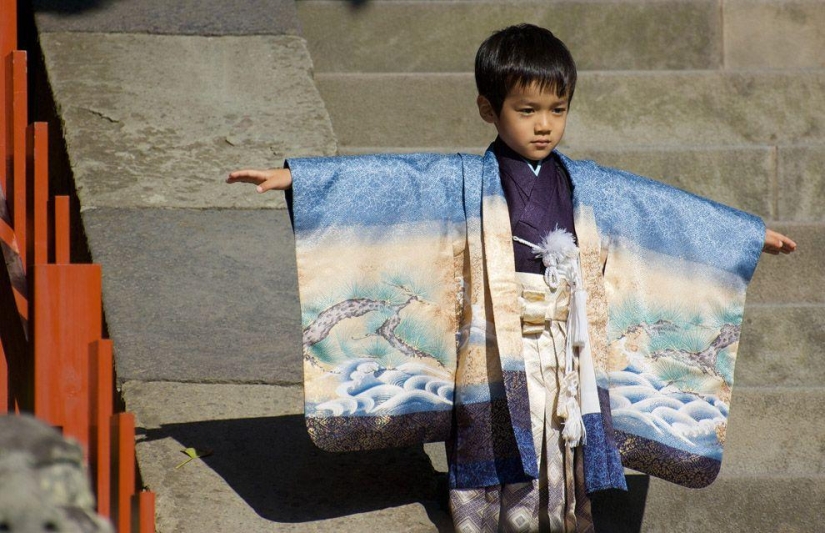
8. Later, this ceremony began to be held once every five years, it was at this age that the samurai introduced children to their feudal lords, introducing them to the circle of adults.
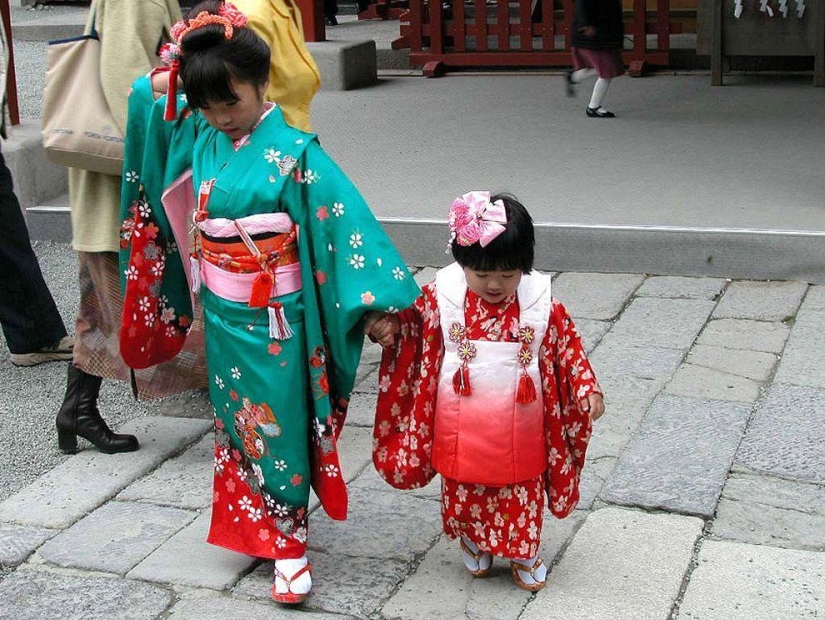
9. For girls, the age of seven is more important, since on this day they are tied for the first time with an "adult" belt for kimono — obi.
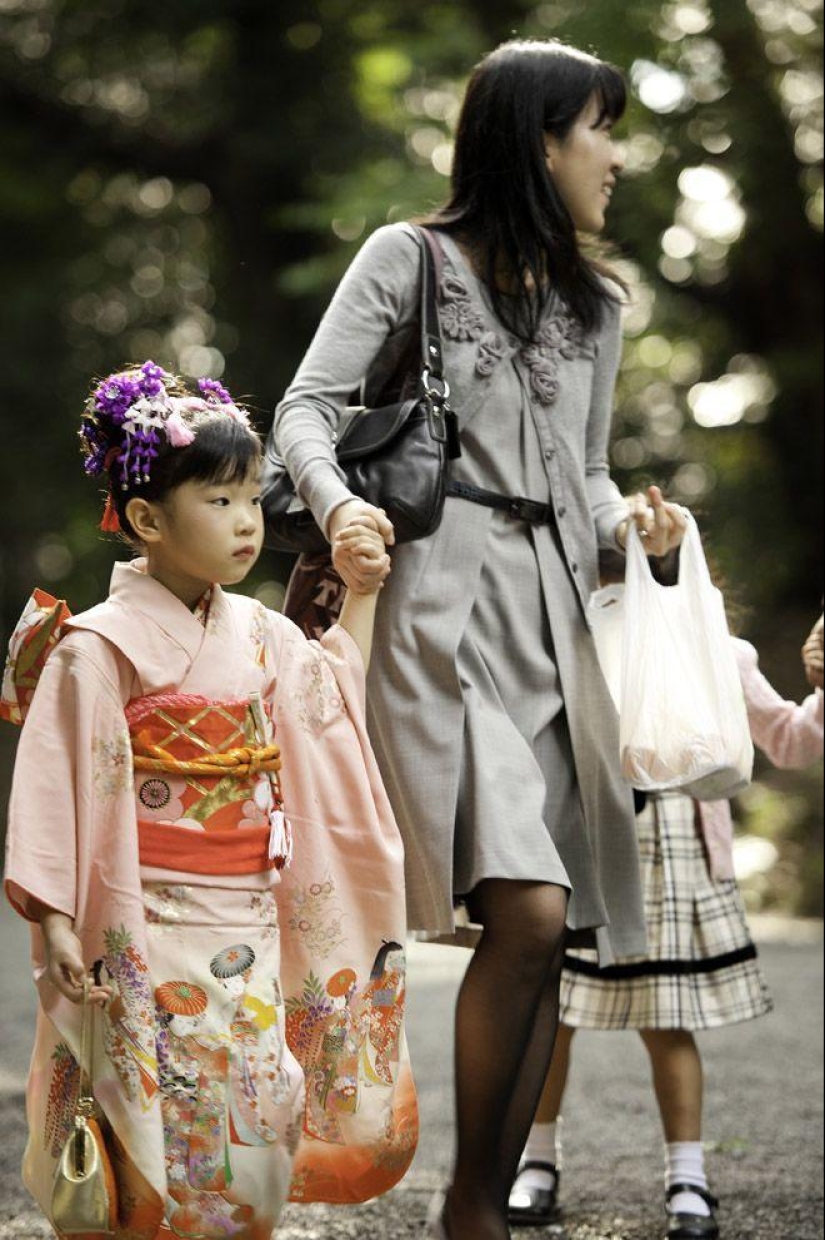
10. This ceremony, called obi-toki ("belt change"), symbolizes growing up, because on this day the girl dresses like an adult woman for the first time in her life.
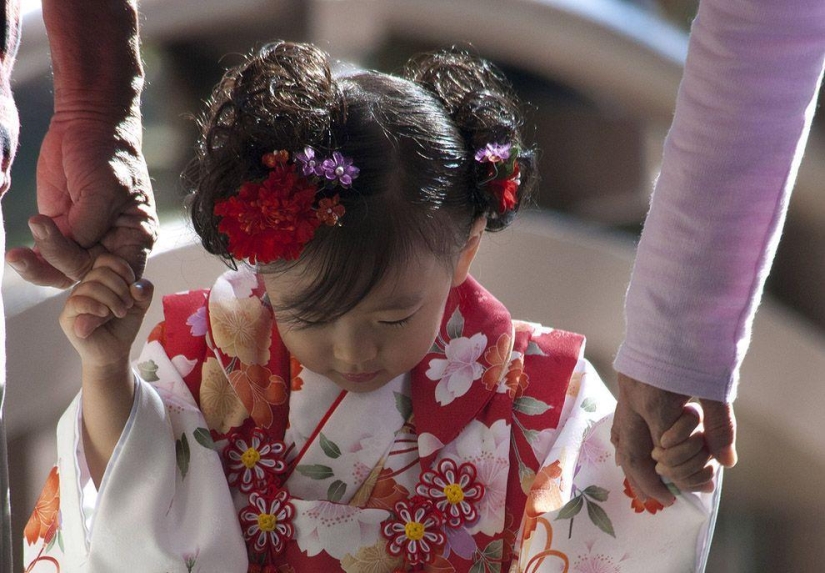
11. In general, the age of seven years in Japan is considered the most important stage of growing up of a little person — previously, people in Japan believed that with the birth of a child, a heavenly being himself or his messenger moves into the house, and that up to seven years old a child is not a simple person, but a divine creature.
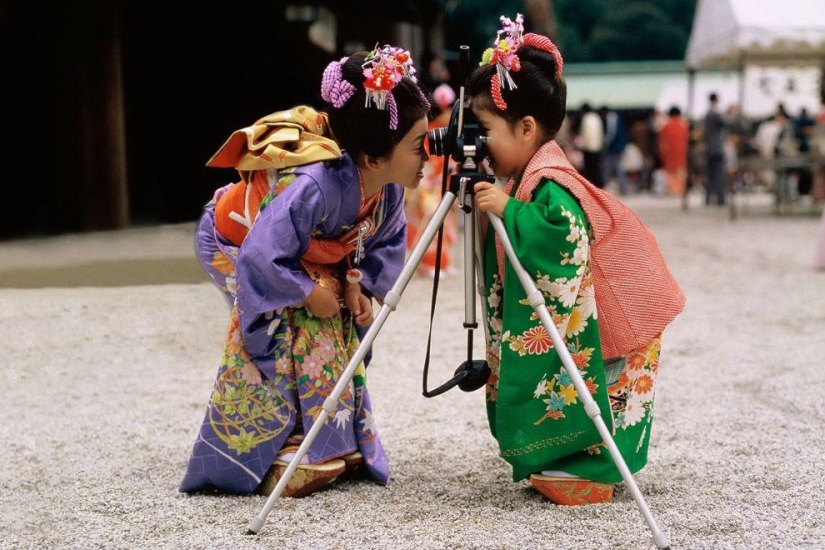
12. This belief explains the overly condescending, at first glance, attitude that Japanese parents show towards their young children, unconditionally indulging any of their pranks and whims. There are few places where young children are so spoiled as in Japan.
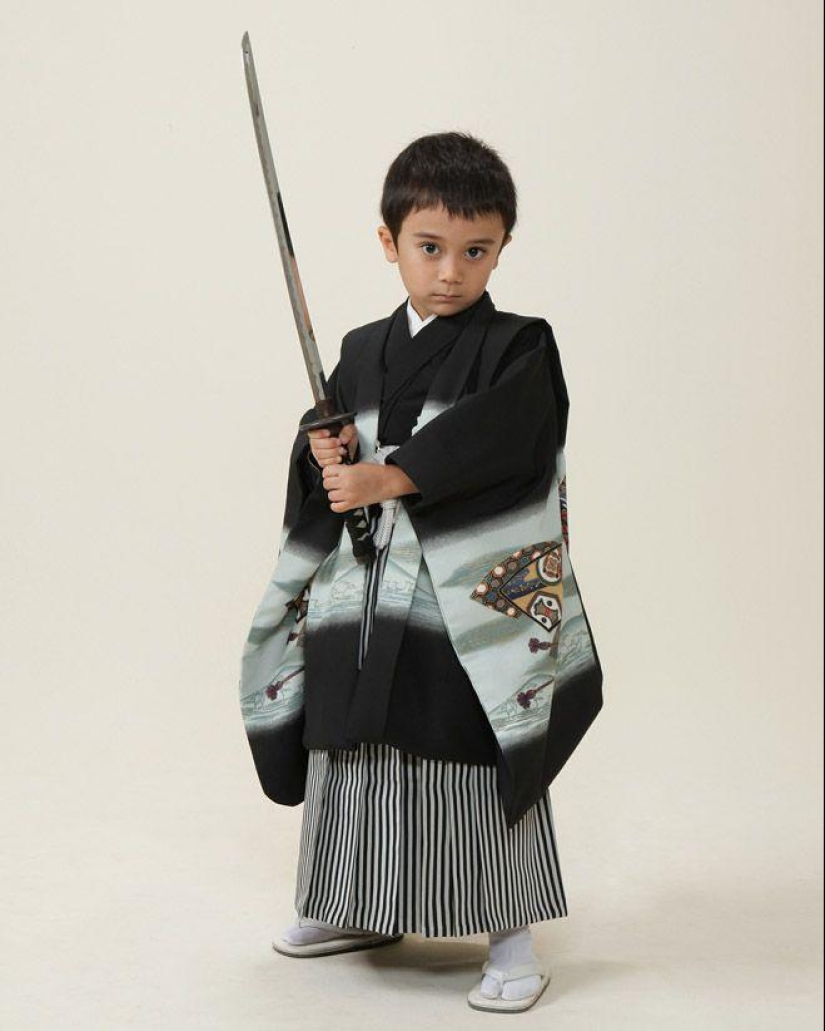
13. However, when a child reaches the "critical" age of seven, the attitude towards him changes, since from that time he is considered to turn into an ordinary person, and the cloudless years of a happy and serene childhood are replaced by a period of demanding and harsh upbringing.
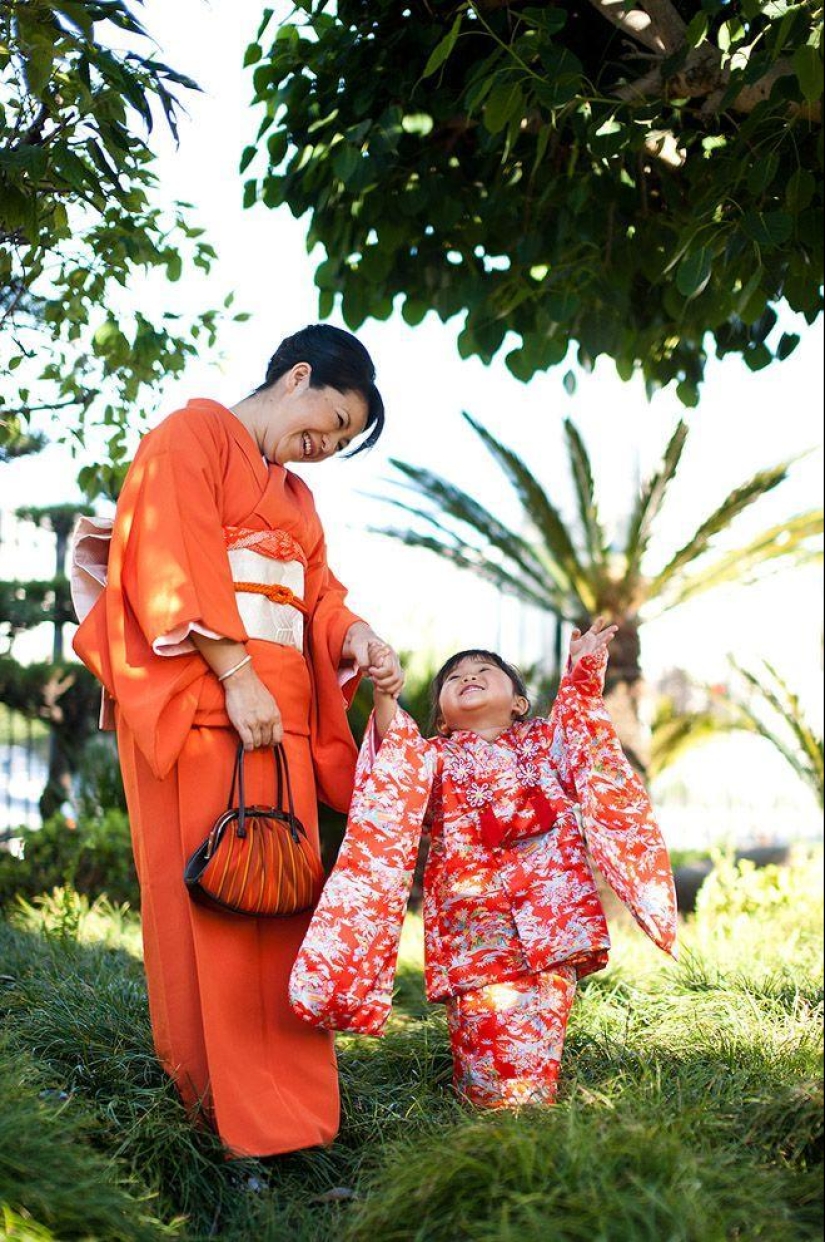
14. But on the City-Go-San holiday, children are little lords. Parents have always taken care to make this holiday memorable and bright in the child's life.
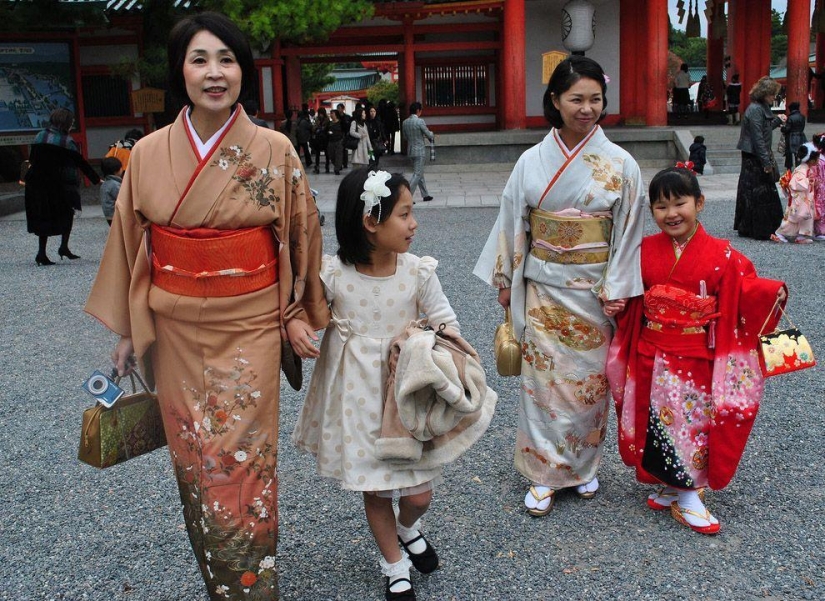
15.
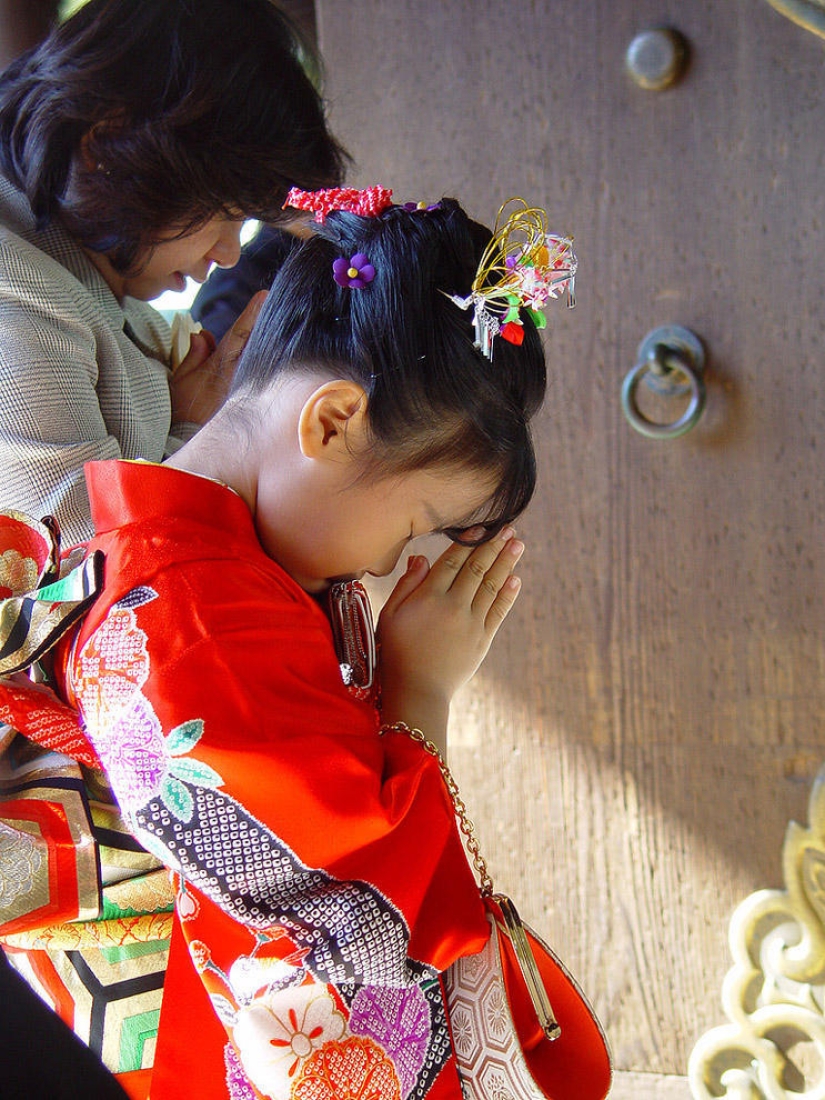
16. The main solemn custom of the holiday is a visit to the temple: parents bring festively dressed boys of three and five years old and girls of three and seven years old to the Shinto temple to thank the gods that the children have grown up healthy and happy.
Keywords: Kimono | Baby | Japan
Post News ArticleRecent articles

Saban (as the leader of the Black Avengers gang called himself) hated policemen and rich people. He blamed the former for his years ...

From time to time, details of a murder come up that sound so strange that they seem to have been made up in the office of one of ...
Related articles

The Japanese are a fascinating people. They are incredibly smart, modest and remarkably hardworking. It seems that these guys never ...

Every country in the world is associated with a certain smell. India is remembered by the aroma of spices, France-the smell of ...

The works of this artist look airy and light, like a faint breeze in the first rays of the sun. To work, she does not need anything ...

For many, a sobering-up station is something brutal and shameful from the Soviet era. But such establishments for bringing drunks ...